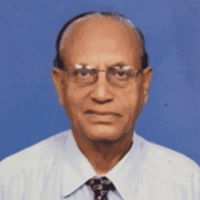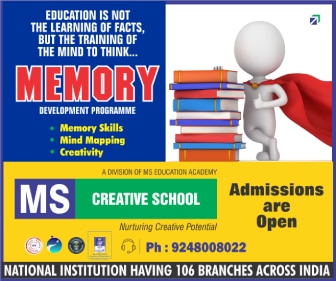If I ask you to make a list of path breaking human innovations, how will it look like?
For one thing, it is ought to be a non-exhaustive list encompassing numerous
innovations, we humans have created over the last 2.5 million years of our existence
(of course if we include Homo habilis and Homo erectus in the class of humans).
But one great innovation which I bet will be missed by most of us- language. But had it
not for language, I would not have been able to communicate my ideas to you (or vice
versa) As most other important facets of life, language is taken for granted, yet
without it an invaluable trait of human life- smooth communication is rendered
ineffective.
In fact, Language has played a very important role in Human beings
coming to dominate the earth over such a short period of time. In any case, the sheer
diversity and precise structure of human language is something to seriously admire
and ponder upon.
It is this diversity of language; in fact, we have close to 7000 living languages¹,4500 of
which have a published Grammar; which is fascinating. However what is even more
fascinating is that amongst this pool of languages only a few have a substantial
speaker base(spreading across more than one linguistic zone).
Then what is that which makes these languages different? Not discounting the impact of colonisation
(which obviously led to the spread of languages like English, French) and other such
factors, one important reason was their continuous interaction with local languages
and hence their cultures.
A common feature running through all these major languages is they encompass within themselves words and phrases from diverse sources. It is this diversity which in turn enhance them. This is a spontaneous feature of any language-the same applies to most of our regional languages(the likes of hindi,
marathi,tamil, assamese, etc.)
How many of you remember being chided for using English words(like hello, sorry)
while speaking a regional language? Numerous times, right? We are often told that
this weakens the language, endangering it’s’sanity’. But this is a natural process, as
natural as your breathing. This is how languages evolve over time-encompassing
words and phases and hence related nuances of diverse cultures.
As when a word from a different language is incorporated,an unbreakable bond between the two
languages and it’s people develop. For instance, English words like table, School,
phone, tiffin have very much become an indistinguishable part of our vocabulary
even when we speak regional languages.
This synthesis,if anything only enriches the language .. While this seems as a threat
to linguistic ‘sanity’ by those who view language as an uniform monolithic
phenomenon; in reality this diversity only adds to the beauty of the language just as
the many colours of the rainbows beautifies and enriches it.
An Article by Rajdeep Mahanta, UG 2nd Sem, History Hons, Cotton University, Guwahati, Assam, India






















